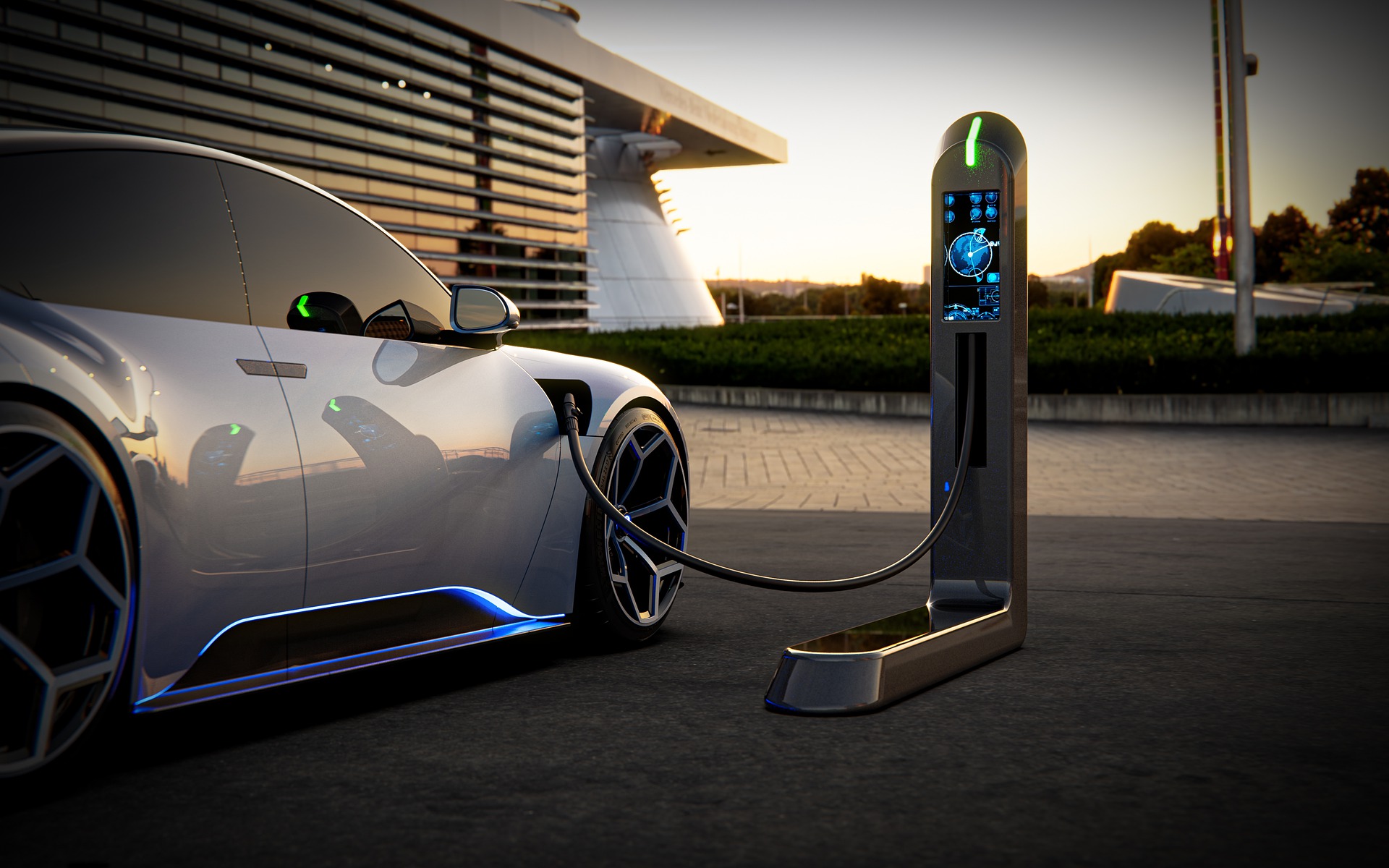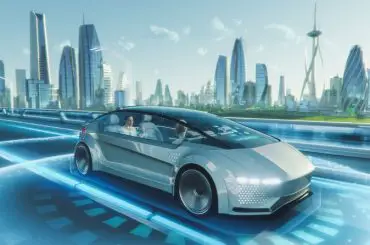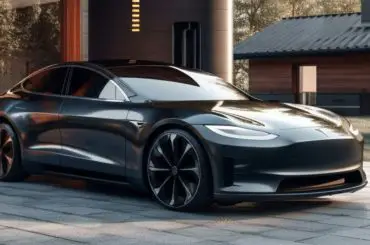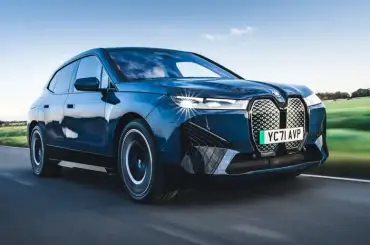Contents
Knowing how the modern electric vehicle and its battery technology work
Electric vehicles: what are they?
To describe what electric vehicles are, more is required than just a battery and a few motors. You won’t fully understand what makes these automobiles so stunning even if you can explain how a car battery works or how electric cars operate. They essentially replace all ICE parts with electric ones in a phase-out process, entirely altering the source of the vehicle’s power and its distribution. You won’t want to be in the dark about how your next car operates because, given how quickly automakers are changing their lines, there is a good probability that they may forsake the ICE in the near future.
The Parts of an Electric Vehicle
The first basic electric motor was created in the 1820s, and the remaining parts of an electric car were created in the years that followed. They were never successful in producing an actual electric vehicle, though. This is primarily due to the limitations of the then-available EV batteries, specifically their short range, but it was also because the technology was crude, expensive to create, and noisy.
In order to make the technology more feasible, how do modern electric motors and EVs operate differently? In essence, technology has advanced and is now much more cost-effective to produce in large quantities.
Electricity from the battery is delivered to the electric motors, where it interacts with numerous parts to create mechanical energy. A wire winding’s magnetic field, produced by the electric current, produces the torque required to move the output shaft of the electric motor. In contrast to noisy internal combustion engines (ICEs), the strong Tesla electric motor powertrain in a Model 3 promises to have an efficiency of up to 97% percent. It is also reportedly nearly totally silent. By using the engine as a generator to replenish the battery’s charge, the regeneration features of braking also assist in recharging it.
The traditional transmission and engine of an ICE car are replaced by a number of distinctive parts in an EV. The most significant ones are listed below:
- The “engine” of an electric car is actually an electric traction motor that replaces the ICE.
- a converter or DC/DC inverter
- a power-supplying electronic controller module for the electric motor.
- the energy-storing rechargeable battery pack.
- a charger (with a charge port).
- mechanism for cooling batteries.
- a basic one- or two-speed transmission to deliver the necessary wheel torque.

The motor of the electric car… Or are there several?
- single motor One electric car motor, often positioned between the front or rear wheels and powered by a differential, is obviously the very least that can be fitted in an EV.
- two motors. An electric motor may be installed on each wheel of one axle of a dual-motor EV, eliminating the requirement for a differential and providing independent control of the driving wheels. The second motor can, however, be mounted at the opposing axle to provide the car AWD capability.
- three motors. Three-motor EVs demonstrate the capacity to have AWD by having two motors on one axle with individual wheel control and the third at the opposite axle with a differential.
- Four motors. A wheel is attached to each motor in four-motor EVs, however this arrangement is the most expensive and rarest. Torque vectoring and individual four-wheel control are both possible.
Advanced EV and Charging Technology Makes EVs Affordable to the Masses
EVs became viable after the development of the lithium-ion (Li-ion) battery in the 1980s, because it can store enough energy to provide the type of range required for car use. Tesla was the first electric car manufacturer to use Li-ion batteries on a large scale in EVs, and they are now used in the vast majority of EVs. With the mass production of these new advanced EV batteries, the price goal of $100 per kWh will be met soon, bringing EV prices more in line with ICE vehicles. Many fast-charging modern EVs can also be charged to 80% in under 30 minutes. More information about charging stations for electric vehicles can be found here.
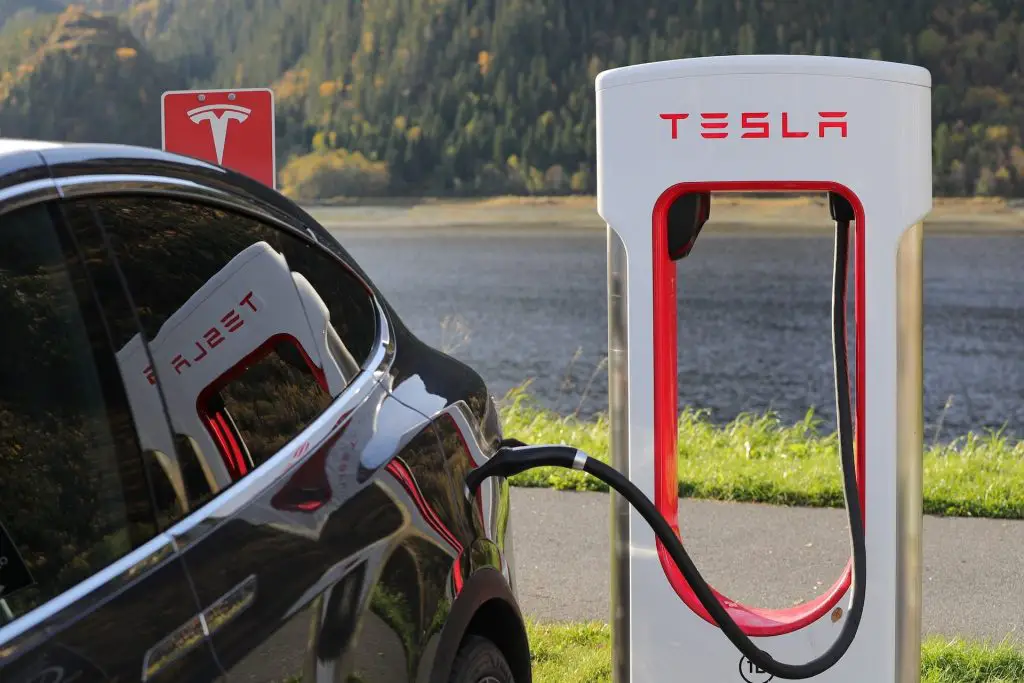
Are Electric Vehicles Really Greener Than ICE Cars?
The claimed lower carbon footprint of EVs is one of its main selling factors. This problem has been the subject of numerous discussions, and a 2020 story that appeared in the UK newspapers The Telegraph, The Times, and The Daily Mail undoubtedly raised questions about it. It was reported that because of the emissions produced during the construction of EVs, EVs must drive up to 50,000 miles to achieve parity with ICE vehicles in terms of overall emissions. The narrative was supported by a number of established automakers, and it has subsequently been refuted numerous times, not the least of which is by Auke Hoekstra of the University of Eindhoven, who has demonstrated that the breakeven point is actually closer to 16,000 miles.
EVs are more environmentally friendly, especially in nations where fossil fuels account for the majority of energy production, according to numerous subsequent studies. Simply put, it takes longer to get to that breakeven point with a less advantageous energy mix. Even if using fossil fuels harms the environment, there are other reasons for switching to EVs as well. Additionally, we must keep in mind that the supply of fossil fuels is limited and that EVs will become even more sustainable as the globe transitions to renewable energy. As time goes on and technology advances, EVs can only become greener, and wireless vehicle charging may be on the horizon sooner than we think.
Conclusion
Electric vehicles are much more than just gas-free cars with electric motors in place of the ICEs under the hood. They also lessen our historical reliance on limited fossil fuel supplies and our carbon footprint. With the help of VW’s 2015 Dieselgate incident, Elon Musk may undoubtedly be credited for the current widespread shift to electric vehicles. Without those two things, the tipping point might have occurred much sooner rather than later.
- Read more: Best tips to charge an electric vehicle
- Watch and learn: https://www.youtube.com/watch?v=tJfERzrG-D8

